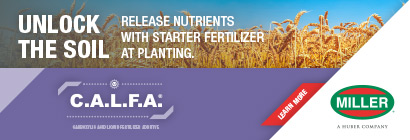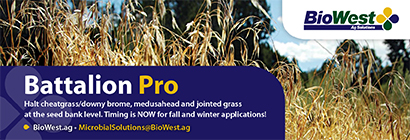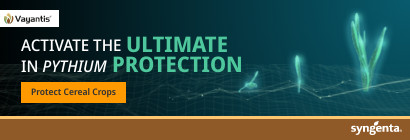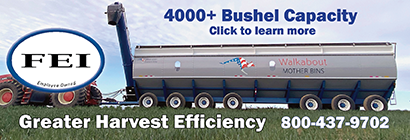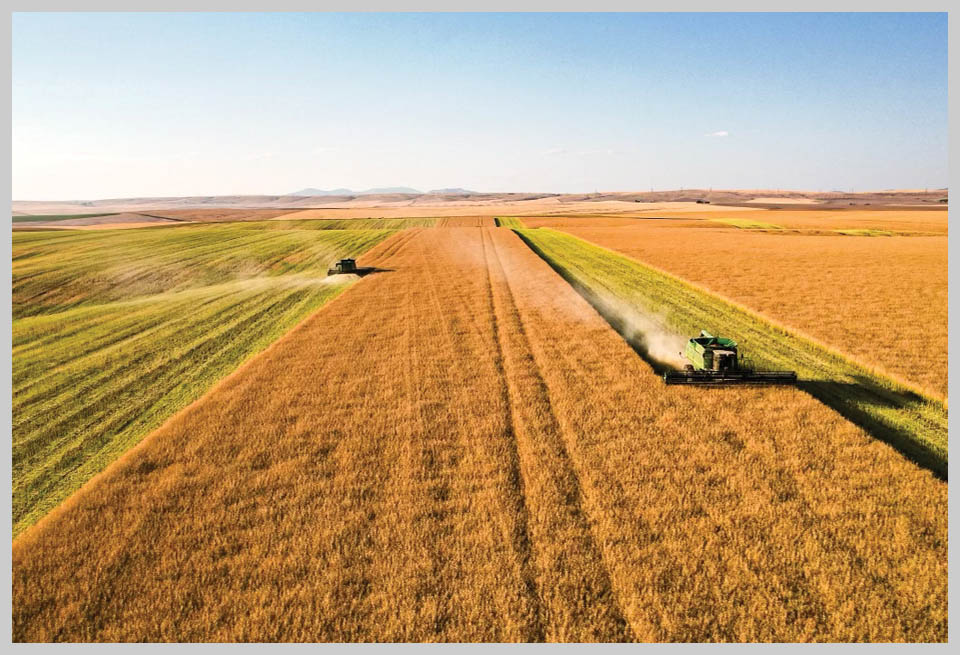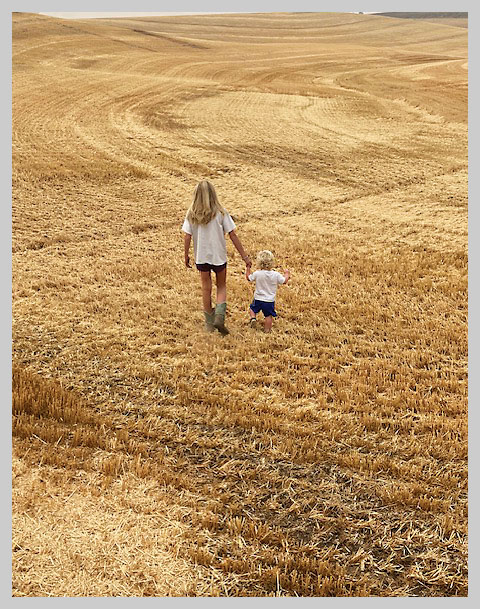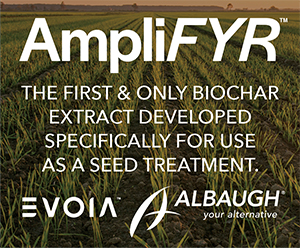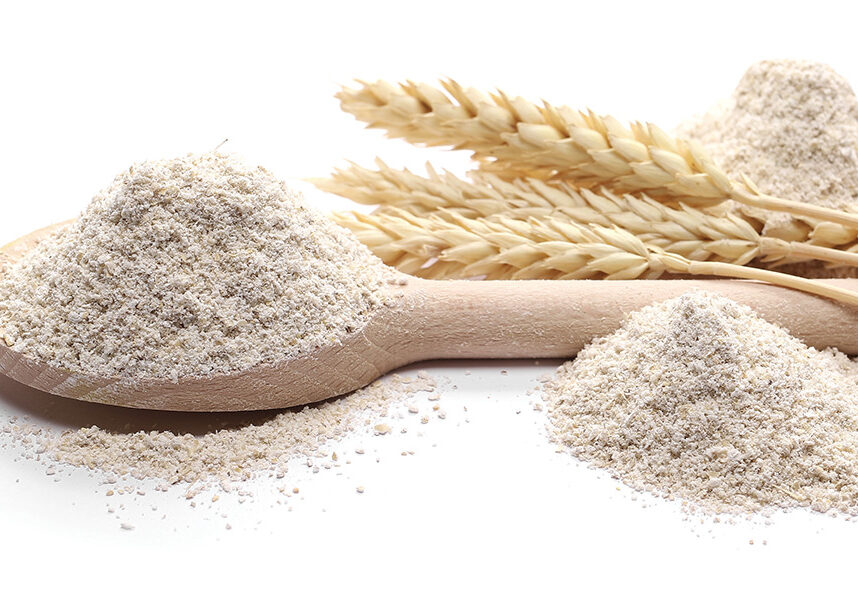
As consumer awareness of where and how food is grown continues to increase, some farmers are finding success selling into their local and regional food systems. For more than 25 years, Colette DePhelps has worked with multiple partners in the Inland Northwest to develop community food systems and small farms programs. She is currently the community food systems area educator for the University of Idaho Northern District Extension. DePhelps focuses on build

For more than 25 years, Colette DePhelps has worked with multiple partners in the Inland Northwest to develop community food systems and small farms programs. She is currently the community food systems area educator for the University of Idaho Northern District Extension.
ing the success of businesses from farm to market in terms of local food, or, as she put it, “How do I help make it successful for farmers who want to sell direct to an end customer or through an intermediated market?” She has also worked for Washington State University’s Center for Sustaining Agriculture and Natural Resources, and she co-founded a farm organization — Rural Roots — that helps foster the success of sustainable small acreage farmers and ranchers. Her latest endeavor is the Inland Northwest Artisan Grains Podcast, which focuses on farmers, millers, bakers and brewers who are exploring the world of artisan grains.
Recently, Wheat Life chatted with DePhelps about the local and regional food system here in the Inland Northwest, and how commodity grain farmers might fit into it.
What is a local and regional food system?
For me, personally, and my University of Idaho Extension programming, I think a local food system is generally within about 100 miles. It has some geographic base, where we really look at how people and food travel on a local level. For me, that is not confined by geography in terms of a political boundary, especially since I work with people in Washington and Idaho; we cross our state lines a lot.
When we look at a regional food system, the scales are a little bit bigger. I look at up to 450 miles, generally, because that gets us into a boundary where someone might consider themselves, like the Inland Northwest, bounded by mountain regions, climate or the type of population demographics, largely rural vs. the more coastal Pacific Northwest region, which would be on the west side of the Cascades. It’s all a bit squishy. There are no actual established definitions.
What is the purpose of local and regional food systems?
In general, I think a lot of it is customer demand and the ability on the producer side to get a premium price for their product. We know that connection is really important to people, and local food provides a lot of connection. That’s around community, geography, to farmers and to health. Those are, I think, all really wound up together. Flavor is also a piece that is important to people.
When we talk about local food, I think some of the drivers on the customer side are that place matters, and people want to be connected to place and the things they value about place. One of the things people value about place relates to the character of that place, which does relate to food. We’ve seen that grow over a long time, so flavor, quality, experience.
For farmers, especially depending on the scale of the farm and how much product they need to move, (the purpose is) being able to sell through a direct market or an intermediated market. The control they have on their product, their price premium, and the attributes that they value and can convey to their market are really important to their business model. There’s the quality of life they get from being able to connect to customers, because farmers do value those relationships, and knowing where their product is going makes them feel really good.
(A direct market means a farmer is selling directly to the end customer. An intermediated market means a farmer is selling to a third party, such as a restaurant, a retail outlet, a grocery store or to a processor, not to the end customer.)
Are these types of local and regional food systems something that is growing?
It’s definitely growing. I started working in the local food space in the Inland Northwest in the mid-90s. At that time, we were seeing the growth of fruits and vegetables, but we didn’t have a lot of proteins in terms of meat protein. We didn’t have the dairy we have now. We didn’t really have grains in this local food space. And we’ve seen a large increase in the number of farms that are growing for direct and intermediated markets and that customer base. We know demand is growing. We see it nationally, and we see that echoed locally in terms of the growth of farmers markets and sales.
When you look at these types of systems through the lens of a commodity grain farmer, what’s the draw of them?
In the interviews that we’ve done, one of the purposes is to get a higher return on their investment. Commodity prices are volatile and being able to develop local and regional markets provides some control. It’s also a different experience to grow for a local market, and some people enjoy that. They really value the relationships they are developing along that value chain. It’s really exciting to them to see where their product goes and to experience people valuing the product from their farm. If they feel they are doing things that make their product unique, it’s having that not be lost because it’s not being blended with other people’s product.
I think motivators are really different depending on the farmers. Some are doing it because they believe that they are incorporating regenerative agricultural practices that really focus on soil and varieties that perform well with lower inputs, and that’s really important to them. Having a market that tells that story and rewards them for that extra work is really important.
For some, it’s flavor and being able to grow something that they see go into a value-added product, like a bakery or a distiller, and that flavor profile is carried through.
I think, as in any agricultural business, it’s a lot of work to shift into these local and regional food systems. There’s a lot of investment around knowledge, skill development and infrastructure to make that happen. It’s not one thing that is encouraging them to do this work. It’s very encompassing, and they are coming at it because it provides value to them personally, and they see the potential, if not the reality, of it being more economically viable for them.
What I’m trying to say is that there’s not one reason people are doing this, there’s a lot, and I think every farmer is going to put different weight on different reasons. I would say, one of the things we’ve really noticed is the relationships and the excitement around being part of local and regional food systems is a big motivator.
What does the local/regional food system look like in Eastern Washington/Northern Idaho for grain farmers?
I think it’s growing, but I think there are definitely some barriers that exist. There’s really different scales, from a very small farm that has decided to grow some grain and then moving more into the seed production of different varieties that perform well, to contracting with other farmers to grow out larger quantities of seed.
Other farms, larger farms already with a land base, are looking at growing specifically for these identity-preserved markets, and we see people picking some specific markets. That might depend on locale and quantity. Maybe they are growing a specific variety that they’ve been able to identify a market for in terms of malt, which is going to be different than what they are growing that might go to a local bakery. The scales are really variable as well. Some people are selling within 100 miles of their community, some people are moving the product regionally.
How are commodity wheat growers involved?
I would say that some are going to fit in, and some won’t. It depends on what their goals are. If they want to look at producing a product for a specified market, they really have to understand what that market wants, because that market probably doesn’t want the wheat they are growing for export. They probably want a different variety that has different attributes. If they want to grow for that market, it’s getting to understand what that market wants, and what they could produce that would meet it and deciding whether or not it makes sense for them as a farm business to pursue that new market.
I think that’s where the values and motivations come in. It’s not all about what is most profitable, but there’s a lot about interest and wanting to do things differently, which I think is great. We are at the beginning of the development of this sector, and so I can’t say what it will look like in 10 or 20 years. Shepherd’s Grain has done a great job. They kind of started this at a larger scale, and I think they’ve been able to be very successful in the marketplace, building market relationships and a brand identity with larger quantities. And then we see in these more niche markets, it’s really looking at some specific attributes of different grains that are meaningful to the end user, whether that’s a bakery or brewery.
What are some of the challenges a commodity grower might run into when wanting to participate in a regional food system.
Grains generally have to be processed first into a form the consumer can use. It’s a value-added product. They’ve got to be able to do that affordably, getting the right scale of equipment that for these smaller acreages, generally speaking, to be able to harvest, then clean and store. That’s a lot of infrastructure investment.
The thing I’ve found, everybody is willing to share with each other about what’s working, where they are finding things, how they are adapting, or what their challenges are. I really do think we are in the infancy of this sector of local and regional food systems. We have those folks that are doing it, that are the early adopters, innovators that are figuring it out and are willing to share with other people that can learn from them. That’s one of the things that’s come out of our interviews is how connected this sector is. People know each other, they are talking, sharing and encouraging each other, and that’s really motivational to do this extra work. It is fascinating to me, as well, that some really small farms are in this grain space, and some really big farms are in this grain space.
Besides infrastructure and the logistics, are there any other challenges that a grain farmer would have to address?
Seed source and growing out the seed is a challenge. I think all farmers are testing varieties, but this is at a different scale, and the financial investment is different. It’s not different than the people growing fruits and vegetables who have to develop their market. However, I think the added complexity is that these are relatively new products in the local and regional food system space, and so there’s a lot of market development. Searching out and understanding the market and being able to engage with people and have those conversations to understand what the market is looking for can be exciting or interesting, but it also takes time. Definitely understanding the market and where to engage, and then, depending on the scale, being able to connect with buyers that can use your product and enough of it to make it worth your time.
That’s one of the things that as commodity farmers think about being in this space, how do they determine if this is feasible for them? Maybe it’s feasible if they start out because they’ve developed a relationship with a farm that is growing out seed and contracting with other farmers to grow that out. Maybe that’s the entry place because a farmer is taking 20 acres and growing something out for somebody else, kind of seeing if this is something that’s really going to work for them, if they want to go to the next level.
Or maybe it’s starting with developing a relationship with one bakery. Maybe they don’t start with a mill, but they start with a bakery that has a mill and they work with them to say, how does my product work?
Also, and I think this is true with all grains, things get mixed together (in a commodity market) and you get a much more uniform product. But with artisan grains, especially the varieties that respond very quickly to their natural environment, there’s a lot of variability in the grain that the market, and the final customer has to have the desire for that variability.
Another thing a farmer needs to consider is if there’s a consumer base willing to pay a premium for a product.
Right. It may not be. If you are working with a specific bakery in Sandpoint or the Tri-Cities or Corvallis or Boise, yeah, there’s that local food culture, that local food scene that people are looking for, and it’s been pretty well developed. That doesn’t mean if you go to a more rural community you aren’t going to find that. The economies of the community may just be different that you aren’t going to have a $7 loaf of bread. If you can produce that bread at a lower cost point, then that can work.
One of the things that I think will be really interesting to see over the next few years is how the development of this sector of the local and regional food system impacts some of the demand in and focus on our larger food systems (like a national brand producing a microbrew using local ingredients). I wonder if that will be a market opportunity for our larger commodity farmers at some point in time. Again, that’s a different customer, which is great. Thinking about those opportunities is exciting because, often what happens on a local level paves the way for innovation at a regional or national level.
We also profiled three farm families who are exploring the local regional food space: Garrett and Jessica Moon, Neil and Liz Appel, and Don and Richard Scheuerman.
Editor’s note: DePhelps is helping to plan the Inland Northwest Artisan Grains Experience, July 7-8, in Moscow, Idaho, and Pullman, Wash. For more information, visit inwartisangrains.org. DePhelps’ podcast, Inland Northwest Artisan Grains, can be found at the same link.

